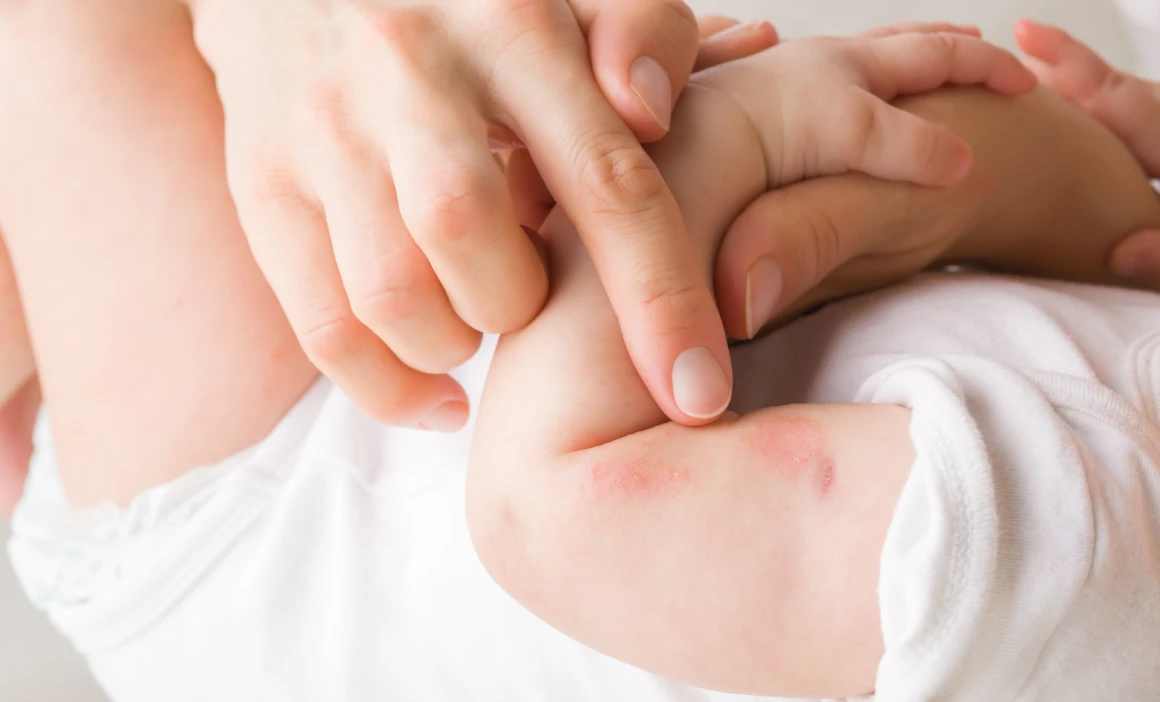
Stages of fetal development: A journey from conception to birth

Cradle of Nutrition
- 3 minutes read
The remarkable journey of fetal development unfolds over approximately nine months, divided into three distinct trimesters. Each trimester marks a critical phase of intrauterine growth, presenting a fascinating transformation from a single cell into a fully formed baby. Let’s explore the stages of fetal development in detail.
First Trimester (Weeks 1-12): The Embryonic Stage
The first 12 weeks of pregnancy represent a crucial phase known as the embryonic stage. During this period, the foundations for future growth are established through a process called organogenesis, where the major organs and organ systems begin to form.
Key Milestones:
Week 6: A crucial moment occurs as the neural tube closes, preparing the ground for the brain and spinal cord. The primitive heart begins to beat, and the circulatory system starts functioning, pumping blood throughout the fetus’s body.
Week 7: Rapid brain development is in process, leading to significant growth of the head. The face starts to take shape, with the eyes, nose, and mouth beginning to form. Limb buds elongate into arms and legs, with fingers and toes starting to emerge. At this stage, the fetus can grow up to 1 mm per day.
Week 10: The embryo transitions to being officially named a fetus. By this time, the basic structures are in place, and the remaining weeks in the womb will focus on growth and refinement. External genitalia start developing, although the sex of the baby is not yet distinguishable.
Week 12: By the end of the first trimester, the fetus typically weighs about 18 grams and measures around 6.5 cm in length. Most critical structures are established, and the fetus can make slight movements, though these are not yet felt by the mother.
Second Trimester (Weeks 13-28): Organ Maturation
The second trimester is characterized by rapid growth and functional maturation of the organs formed during the first trimester. The fetus begins to resemble a fully developed baby, and many of its body systems start to operate.
Key Developments:
Growth and Activity: By the end of the second trimester, the fetus weighs around 1,000 grams (1 kg) and measures about 34 cm long. Fetal movements become more coordinated, and mothers often describe these sensations as “flutters” or “kicks.”
Breathing Movements: Although the fetus is not yet breathing air, it begins practicing breathing movements. It also exercises its facial muscles, preparing for future actions like crying, smiling, and yawning.
Digestive and Excretory Development: The digestive system becomes functional, allowing the fetus to swallow amniotic fluid, which aids in developing the stomach and intestines. Reflexive sucking motions begin, preparing for feeding after birth. The excretory system also starts functioning as the fetus begins producing urine.
Skin and Hair Development: This period sees the development of hair, skin, and nails. The skin thickens, and lanugo (a fine hair) covers the fetus’s body, helping regulate body temperature until enough fat tissue forms.
Third Trimester (Week 28 to Birth): Growth and Final Maturation
The third trimester is marked by rapid growth and the final stages of organ maturation as the fetus prepares for life outside the womb.
Key Features:
Weight Gain and Development: The fetus’s muscles and fat stores increase, with subcutaneous fat accumulating to provide insulation and energy reserves for after birth. By the end of this trimester, the average fetus weighs about 3,400 grams (3.4 kg) and measures around 50 cm in length.
Bone Development: Although the bones complete their development, they remain soft and flexible to facilitate the birthing process. The digestive system begins producing meconium, a thick, sticky substance that will form the baby’s first stool after birth.
Sensory Development: Sensory capabilities peak during the third trimester. The fetus can now sense its environment using all five senses, recognizing sounds, including the mother’s voice, and sensing light and darkness through the mother’s abdomen.
Brain Growth: The brain undergoes rapid growth, significantly increasing in size and complexity. This growth enables the fetus to regulate essential functions, such as body temperature. The development of the lungs reaches a critical milestone, with maturity sufficient for independent breathing after birth. In summary, fetal development unfolds in three distinct trimesters: the first trimester focuses on the formation of essential structures, the second trimester emphasizes growth and organ functionality, and the third trimester involves rapid growth and final preparations for life outside the womb. Each stage of this journey is a testament to the incredible processes that contribute to the development of a new life, preparing the fetus for a world beyond the womb. Understanding these stages not only highlights the miracle of life but also underscores the importance of maternal health and care throughout pregnancy.






